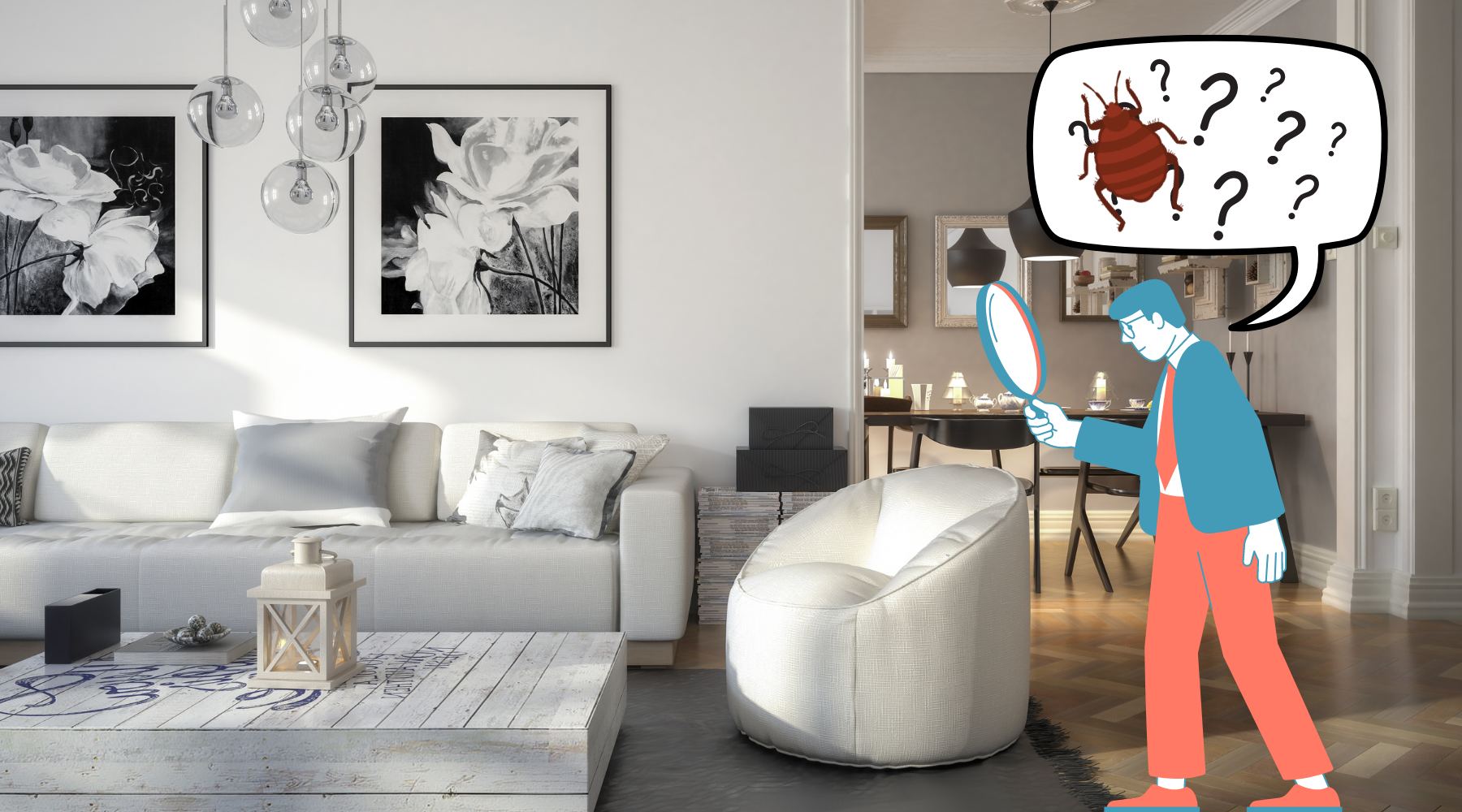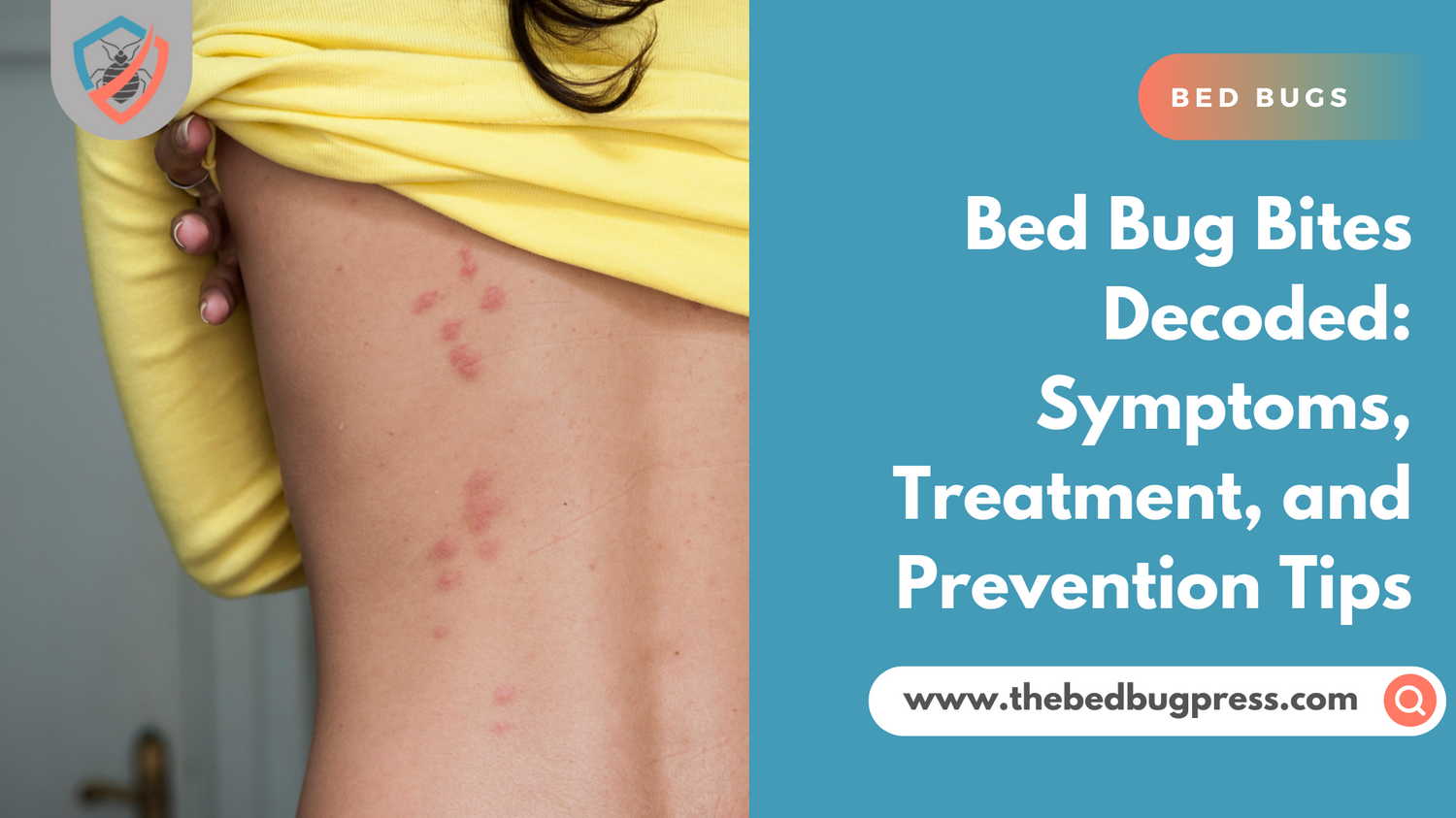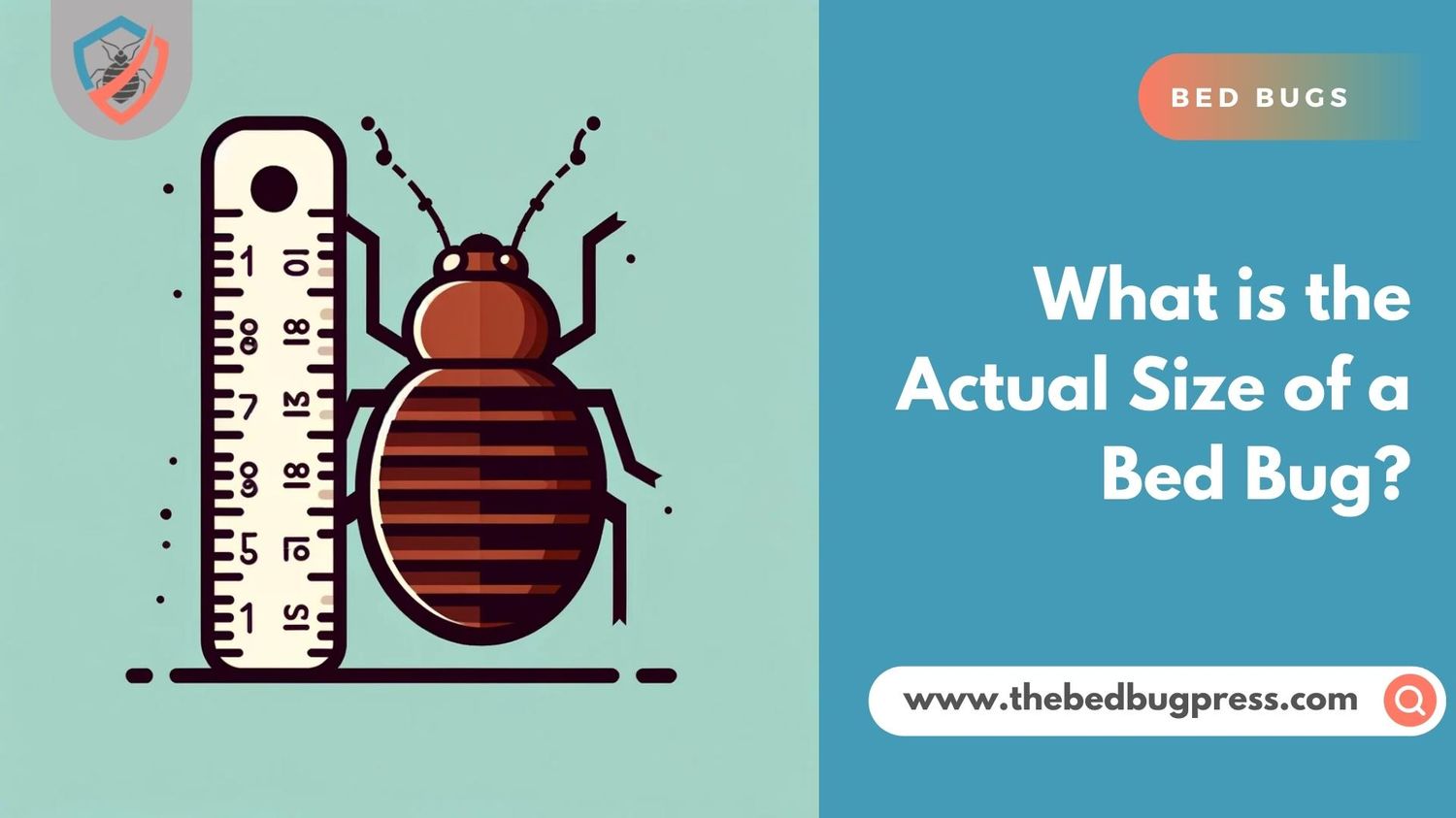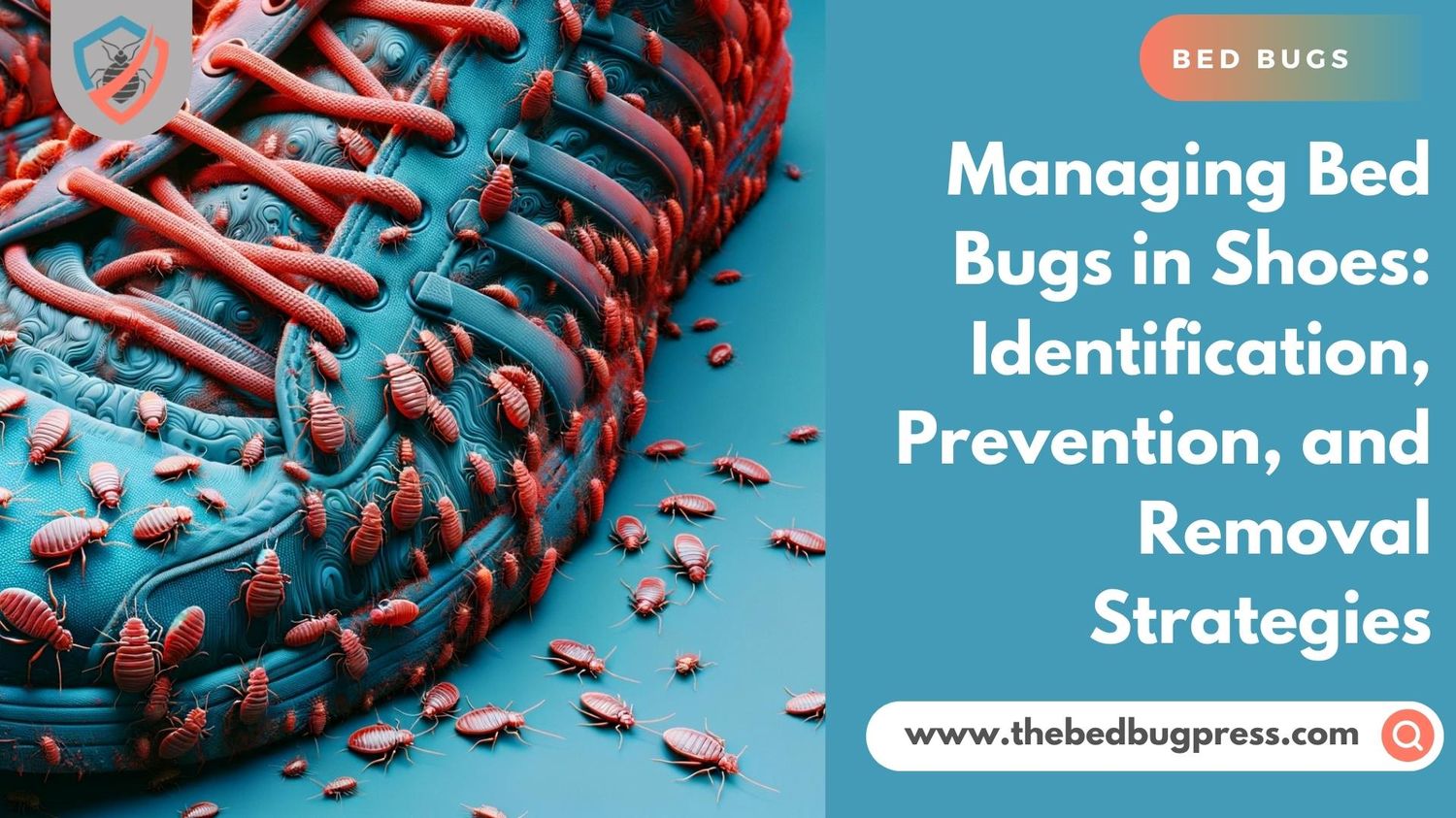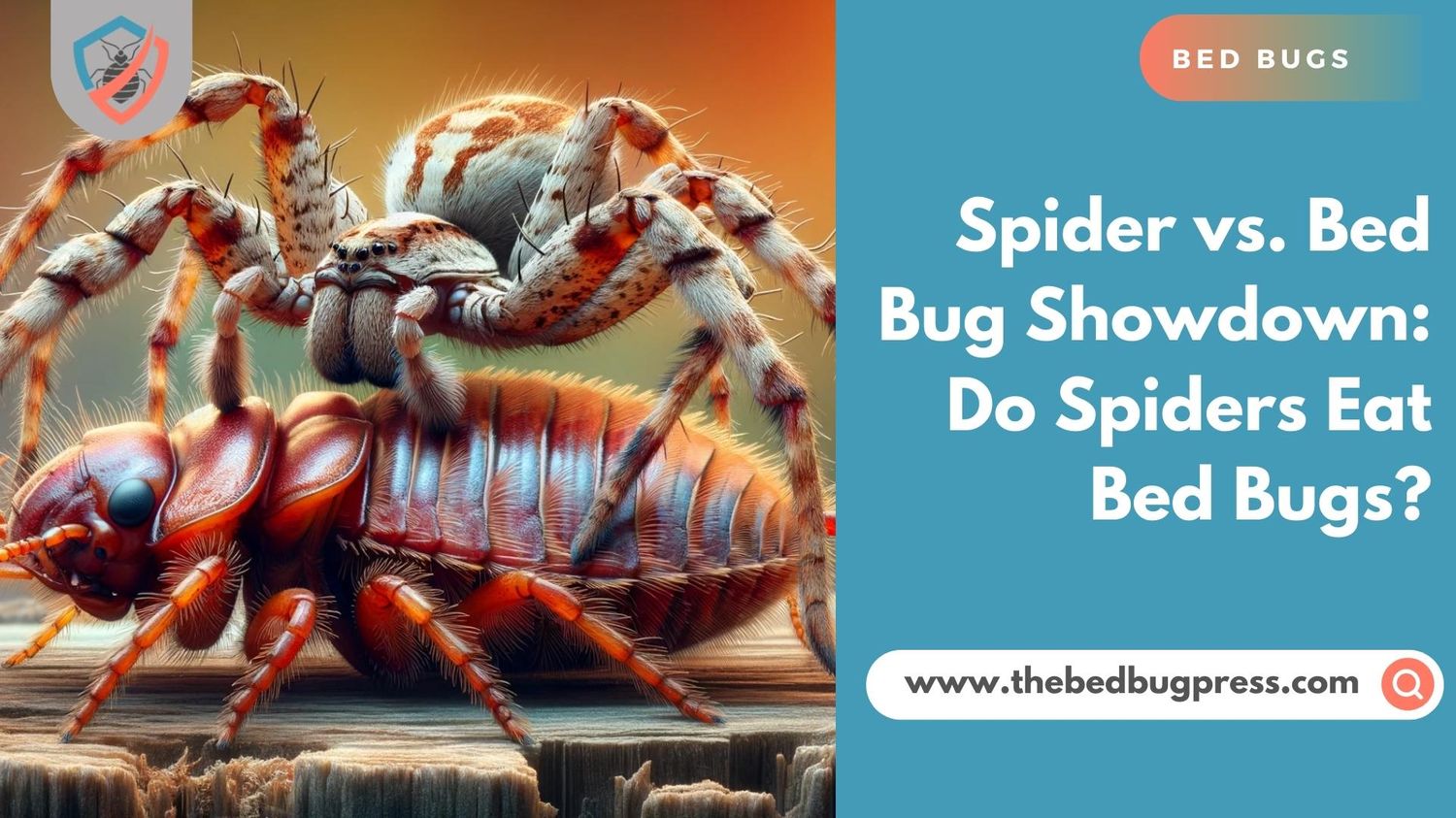Bed bugs are tiny, elusive pests that can cause big problems for homeowners and businesses alike. They feed on blood and can cause itchy, irritating bed bug bites, and can also be difficult to detect. One of the most effective ways to prevent a bed bug infestation is to catch it early, and that means being able to spot these pests during the day when they are less active.
We’ll provide you with some practical strategies on how to find bed bugs during the day, including where to look and what signs to watch out for. By taking the time to familiarize yourself with these tips, you can help protect yourself from bed bug infestation and keep your home or business free from these unwanted pests.

6 Essential Steps on How to Find Bed Bugs During the Day
Deciding how to find bed bugs during the day can be challenging due to their elusive nature, but with the right strategies, you can increase your chances to find bed bugs. Here are six essential ways how to find bed bugs during the day:
Start with a thorough visual inspection:
Begin by examining your mattress, box springs, and bed frame. Look for any signs of bed bugs such as live bugs or dead bugs everywhere, shed skins, bed bug eggs, or dark spots of excrement. Pay close attention to the mattress seams, tufts, and crevices where bed bugs hide.
Check other furniture and areas near the bed:
Bed bugs live in nearby furniture such as chairs, sofas, and nightstands. Inspect these items thoroughly, looking for any signs of bed bug activity. You can also find that bed bugs hide out behind picture frames, electrical outlets, and baseboards as well.
Use a flashlight and magnifying glass:
Bed bugs are small as an apple seed and can easily hide in cracks and crevices, which makes it difficult to find bed bugs using the naked eye. An effective method how to find bed bugs during the day is to utilize a bright flashlight and a magnifying glass to examine every nook and cranny in your sleeping area for identifying bed bugs. Focus on areas where bed bugs commonly hide, such as mattress seams, furniture drawer joints, and behind headboards.
Look for telltale signs:
Apart from the bugs themselves, keep an eye out for other signs of bed bug infestation. These may include: reddish stains or rusty stains on your sheets or pillowcases, tiny white bed bug eggs or eggshells, and a musty odor that bed bugs often emit.
Monitor bedding and fabric items:
Pay attention to your bedding and fabric items, such as curtains or couch cushions. Look for any signs of bed bug activity, such as small blood stains, dark spots, or even bed bug fecal matter, which appear as small black specks.
Consider using bed bug detectors or bed bug traps:
To enhance your detection efforts, you can employ bed bug detectors or bed bug passive traps yourself. These devices may not kill bed bugs immediately but it makes finding bed bugs and identifying their presence easier. Place them strategically near your bed frame or suspected infestation areas where bed bugs hide for better results.
Keep in mind that to find bed bugs during the daytime, it will require patience and thoroughness. If you suspect an infestation but cannot yet find bed bugs or any clear signs, it’s advisable to seek professional help from a pest control expert experienced in dealing with bed bugs. Early detection and intervention can help prevent a small problem from turning into a full-blown infestation, ensuring a peaceful and bug-free environment.

Where Do Bed Bugs Hide Themselves During the Day?
One way to help you how to find bed bugs during the day is to know where they hide. These tiny pests can squeeze into the tiniest of crevices and often choose areas that are close to their host for easy access to a blood meal. Here are some common places where bed bugs like to hide during the day:
Mattresses and Box Springs:
Bed bugs often hide in the seams, folds, and tufts of mattresses and box springs. Bed bugs love areas that provide a cozy and protected spot for them to rest during the day while remaining close to their food source.
Furniture:
Bed bugs can also infest furniture, particularly chairs, sofas, and nightstands. They often hide in the joints and crevices of furniture, as well as inside upholstery, making it challenging to detect bed bugs.
Bed Frames:
Bed bugs can hide in the joints and cracks of bed frames, as well as tight spaces behind the headboard. They may also hide in the space between the wall and the bed frame.
Curtains and Drapes:
Bed bugs can hide in the folds and hems of curtains and drapes, particularly those that are close to the bed or other infested bedroom furniture.
Electrical Outlets and Appliances:
Bed bugs can also hide in electrical outlets and appliances, such as alarm clocks or televisions. They can squeeze into the tiny spaces around electrical plates and even inside the devices themselves.
Luggage and Personal Belongings:
Bed bugs can also hitchhike on luggage and personal belongings, making it essential to inspect these items when returning from a trip.
Always remember that bed bugs are experts at hiding and can infest any area that provides them with a cozy and protected spot. By knowing where they are likely to hide, you can increase your chances of detecting an infestation early and taking the necessary steps to eliminate it.
Spotting Bed Bugs in Broad Daylight: What Should You Do?
If you spot bed bugs in broad daylight, this can be a cause for concern, as it suggests a potential infestation. If you happen to see bed bugs during the day, here are the steps you should take:
Don’t Panic:
While it’s natural to feel alarmed about finding bed bugs, try to stay calm. Bed bugs are a common problem and can be addressed effectively with the right approach.
Confirm the Identification:
Make sure that what you have seen is indeed a bed bug. Familiarize yourself with their appearance, which is typically small, reddish-brown, and oval-shaped. Look for other signs such as bed bug bites, shed skins, fecal matter, stains (dark spots on surfaces), or bed bug eggs to confirm the presence of bed bugs.
Contain the Infestation:
Take immediate action to prevent the spread of bed bugs. Avoid moving infested items to other areas, as this can lead to further infestation. Quarantine affected bedding, clothing, or other items in sealed plastic bags to prevent bed bugs from dispersing.
Document Evidence:
It’s important to gather evidence of the infestation. Take clear photos or videos of the bed bugs, bed bug bites, and any other signs you come across. These will be useful for professional exterminators or landlords if further assistance is needed to track bed bugs.
Inspect and Treat Your Environment:
Conduct a thorough inspection of your entire living space, paying close attention to areas where bed bugs commonly hide, such as mattresses, box springs, furniture, and cracks/crevices.
If you do find adult bed bugs or signs of infestation, consider using various treatment methods, such as vacuuming, steam cleaning, or using bed bug-specific insecticides. However, it’s advisable to seek professional assistance for effective eradication.
Inform Relevant Parties:
If you live in an apartment or shared housing, notify your landlord or property manager immediately. They may have specific protocols or pest control services in place to handle bed bug infestations. Prompt communication can help prevent the spread of bed bugs to neighboring units.
Follow Up and Monitor:
Even if you take initial steps to address the infestation, it’s essential to monitor the situation closely. Bed bugs are persistent pests, and a comprehensive treatment plan may be required. Stay vigilant and continue to inspect and monitor your environment for any signs of re-infestation.
Addressing a bed bug infestation often requires professional help. Consider contacting a licensed local pest control company experienced in bed bug extermination and even canine bed bug inspection to ensure effective treatment and eradication of these pests.

Discovering the Reasons Behind Daytime Bed Bug Sightings
Bed bugs are nocturnal insects, which means they are most active at night and tend to hide during the day. However, there are a few reasons why you might see some bed bugs active during the daytime:
Overcrowding:
If an infestation is severe, bed bugs may not have enough hiding spots to stay hidden during the day, leading them to be more active in the open.
Disrupted Hiding Places:
Bed bugs can be disturbed by human activities such as cleaning, moving furniture, or changing bedding, causing them to seek out new hiding places during the day.
Hunger:
Bed bugs feed on blood and can go long periods without a meal. If they are particularly hungry, they may come out during the day in search of a host.
Heat:
Bed bugs are attracted to heat sources, and during the daytime, they may be drawn to areas that receive sunlight or warmth from appliances.
Environmental Factors:
Bed bugs can be sensitive to environmental changes, such as temperature, humidity, and light. Changes in these factors can disrupt their normal behavior patterns and lead to daytime sightings.
Bed bugs can survive for several months without feeding and can easily spread from one location to another through clothing, luggage, and furniture. If you see bed bugs during the day, you likely have an infestation that requires immediate attention. Contact a professional pest control company to assess the situation and develop a treatment plan.
Will Bed Bugs Bite During the Daytime?
Bed bugs are primarily nocturnal creatures, meaning they are most active and likely to feed at night. However, in certain situations, it is also possible for bed bugs bite during the daytime. While it’s less common for them to feed during daylight hours, they can do so if they are highly motivated or their environment changes. Here are a couple of factors that may contribute to getting bitten by bed bugs during the day:
Disrupted Feeding Schedule:
Bed bugs have a regular feeding schedule and typically feed every 5 to 10 days. However, if they are unable to find a blood meal during their usual nocturnal feeding time, they may become more desperate and experience a bed bug bite during the day. This can occur when there is a shortage of available hosts or when their hiding places are disturbed.
Heavy Infestation:
In cases of severe infestations or overcrowding, adult bed bugs also may be forced to seek out hosts during the day as bed bugs grow. When there are limited hiding spots due to the living conditions or a large population of bed bugs, they may become more active and bite whenever an opportunity arises for human blood, including during daylight hours.
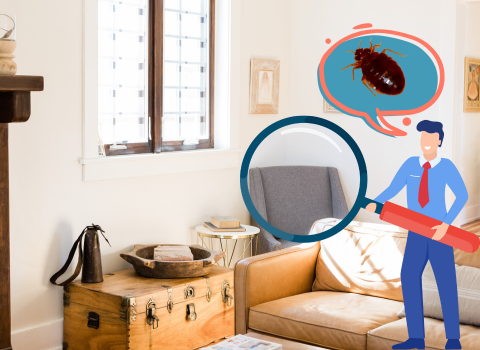
What It Indicates If a Bed Bug Appears on Your Comforter
If a single bed bug appears on your comforter, it indicates that there is a high likelihood of a bed bug infestation in your sleeping area. Bed bugs are known to hide in spaces around your mattress, box spring, and furniture near their hosts, which includes bedding such as comforters.
Discovering a bed bug on your comforter suggests that they have ventured out from their hiding spots in search of a blood meal. It is crucial to take immediate action to address the infestation and prevent further spread to other areas of your home.
Helpful Tips for Responding to a Bed Bug Sighting on Your Mattress During the Day
Discovering bed bugs during the day on your mattress can be a cause for concern. Here are some helpful tips for responding to such a sighting:
Don’t Panic:
Although finding live bed bugs on your mattress is unsettling, try to stay calm. Remember that bed bugs are treatable, and taking immediate action can help resolve the bed bug issue itself.
Quarantine the Area:
If you spot a bed bug on your mattress, isolate the affected area. Remove all bedding, including sheets, pillowcases, and blankets, and place them in sealed plastic bags to prevent the bugs from spreading to other parts of your home.
Inspect the Mattress:
Conduct a thorough inspection of your mattress to look for signs of a larger infestation. Check the seams, crevices, and tufts for live bed bugs, eggs, or dark stains caused by their excrement.
Vacuum the Mattress:
Use a vacuum cleaner with a crevice tool attachment to vacuum the entire surface of the mattress. Pay close attention to seams, folds, and any cracks where bed bugs may be hiding. Dispose of the vacuum bag in a sealed plastic bag immediately after.
Launder and Dry Bedding:
Wash all bedding, including sheets, pillowcases, and blankets, in hot water. The high temperatures will help kill any bed bugs or eggs present. After washing, dry them on the highest heat setting for at least 30 minutes to further eliminate any bed bug eggs or bugs. Remember that a single female bed bug left can still cause a re-infestation.
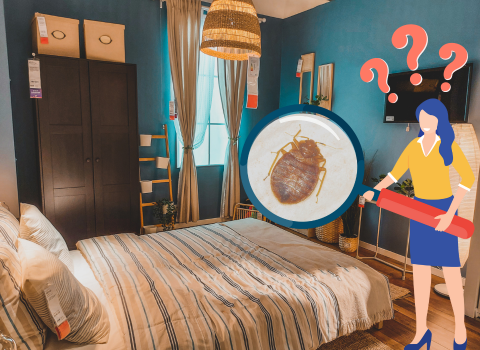
Consult a Professional:
Consider contacting a professional pest control service specializing in bed bug extermination. They have the expertise and tools to effectively treat and eliminate bed bugs. A professional inspection can also determine the extent of the infestation and guide you in taking the appropriate steps for eradication.
Monitor and Prevent:
Continuously monitor your mattress and sleeping area for any further signs of bed bugs. Encase your mattress and box spring in protective bedbug-proof covers to prevent future infestations or to trap any remaining bed bugs inside.
Bed bug infestations are challenging to eradicate without professional help. By promptly responding to a bed bug sighting on your mattress and seeking professional assistance, you can effectively address the bed bug problem, and regain a pest-free sleeping environment.

